The Gift of South Dakota
Subscriptions to South Dakota Magazine make great gifts!
Subscribe today — 1 year (6 issues) is just $29!
Historic Ranch Turned to Ash
Jul 26, 2012
The Williams Ranch had survived many a Black Hills wildfire. When we first explored the ranch in 1992, the most recent blaze had been extinguished just one hill away. The 18 buildings — all built by hand from Black Hills pine by Albert Williams in the 1890s — were safe.
Then last week, the metal blade of a road grader smoothing one of the Hills’ many twisting, gravelly paths sliced a rock in half, flinging sparks into the dreadfully drought stricken grass. The resulting Myrtle Fire, which has burned 16 square miles near Pringle, consumed the Williams Ranch on July 20.
“It’s hard to deal with,” says Michael Engelhart, an archaeologist with the U.S. Forest Service who has worked to preserve the ranch. “This was a part of my life for five years. It was a pretty sad day when I heard it had gone.”
The Williams Ranch, nestled 3 miles south of Pringle in peaceful Shirttail Canyon, was one of the oldest remaining homesteads in the Black Hills. Albert Williams felled Black Hills pine trees and milled them at his personal sawmill to build his house, which he finished in 1896. Over the next decade he added a smokehouse, outhouse, root cellar, granary, workshop, garage, corral, barn and other miscellaneous outbuildings.
“They did a little bit of everything,” Engelhart says. “They raised pigs, cows, sold cream for cash. For a while Emma ran a telephone station out of their house in the 1930s. It’s a wonder that they did everything they could to make it from 1896 to 1944, living off the land and taking care of themselves and their neighbors because it can be really harsh out there. Emma used to raise gooseberries and apples, and people wondered how she did it because it’s so dry and inhospitable down there.”
Trees and lilac bushes planted by the Williamses survived 115 years until the fire swept through last week. Engelhart says firefighters tried valiantly to save the ranch. Fires in the corral and barn were extinguished and a line had been drawn to protect the other buildings. “They thought they had it,” he says, exasperation evident in his voice. “They put a lot of resources into protecting it. But they turned their back for a second and the whole thing just went up. They were shocked and saddened because they were winning the battle. They thought they had beat it.”
Albert and Emma Williams lived on the ranch until 1944, when poor health forced them to move to Hot Springs. The ranch held other occupants until 1984. The next year, federal authorities made one of the largest drug busts in state history there. The ranch changed hands several times until the U.S. Forest Service took possession in the late 1980s.
Forest Service personnel had grand plans for the Williams Ranch. Archaeologists rebuilt the porch and did other rehabilitation work. There were dreams of turning it into a living history ranch and creating a trail system. Engelhart escorted dozens of school and service group tours. It was only a step or two away from inclusion on the National Register of Historic Places.
As devastating a loss as it is to the Black Hills and South Dakota, it’s worse for the family. The Williamses’ youngest daughter Betty and her family were actively involved in rehabilitating the ranch in the early 2000s. “I felt bad to have to break such news to them,” Engelhart says. “They really cared about that place. It was history to us, but it was their personal history.”


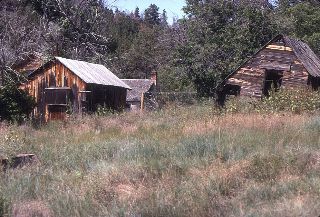
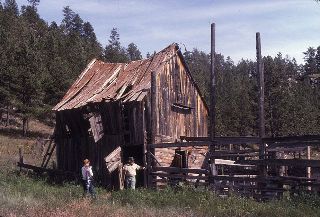
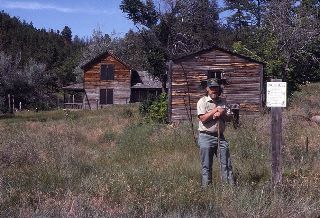
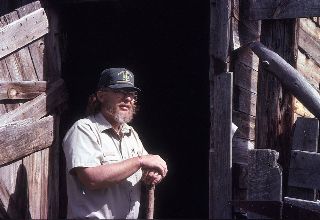
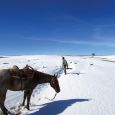
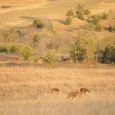
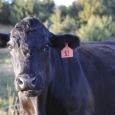
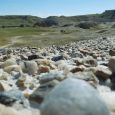

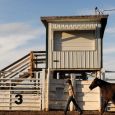


Comments